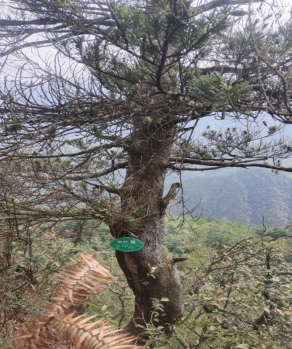Banana farming produces large amounts of waste, such as pseudostems, leaves, and slurry after fiber extraction. Instead of burning or leaving this waste to rot, Sparśa converts it into organic compost. This reduces methane emissions, helps farmers access natural fertilizers, and supports a zero-waste production cycle.
Waste Materials Used:
Banana leaves (40%) – chopped into small pieces (3–50 mm).
Banana trunks (unusable parts) (35%) – chopped when fresh, better to have small in length for fast decomposition
Slurry (fiber extraction waste) (25%) – pressed to remove excess water.
Bio-char (Optional): Carbon-rich, porous material produced by heating organic waste(Bambo) under limited oxygen conditions
The compost recipe defines the proportion of each type of waste material mixed to create one compost pile with the correct balance of nutrients and moisture. The key goal is to achieve an ideal Carbon-to-Nitrogen (C:N) ratio between 20:1 and 35:1 (less is better) as this ratio directly affects microbial activity and the speed of composting.
Recipe for Preparing a Compost Pile:
Pre-process each material: Cut leaves and trunks into 3–50 mm pieces using a chaff cutter. Press the slurry to remove excess water.
Weigh or estimate each material: Initially, use a digital scale to weigh each waste type accurately.
Once familiar, workers can estimate quantities visually or by volume.
Mix thoroughly: Combine materials in the defined ratio (40:35:25) to create one pile. Mix evenly to ensure uniform moisture and nutrient distribution.
Adjust moisture: The pile should have 50–60% moisture. Add water if too dry or add dry material (leaves/trunks) if too wet.
Mark the pile: Label each new pile with the date, batch number, and ingredients ratio for record-keeping.
Throughout the process, records of temperature, pile conditions, and moisture are maintained using the factory’s temperature monitoring sheets. Each pile is tracked by its date and identification number for consistency. After 4-5 months, the compost becomes stable, odorless, and ready for agricultural use. It enriches soil, reduces chemical fertilizer dependence, and ensures full utilization of banana plant waste.
